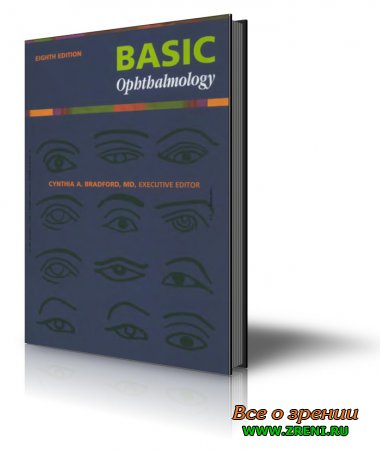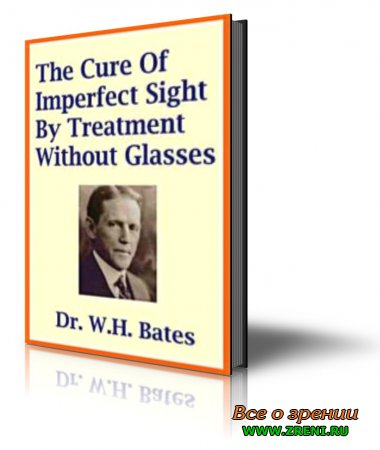Basic Ophthalmology is designed to help the user obtain an appropriate ocular history and learn the examination techniques for a complete eye evaluation.
From the history and clinical findings the reader should be able to diagnose and manage or refer common ocular disorders. The history of this textbook began in 1975 with the publication by the American Academy of Ophthalmology of a study guide in outline form for medical students.
The book’s developers identified seven common problem areas in ophthalmology and developed study objectives. Each subsequent edition was changed based on suggestions from users.
The fifth edition, which was developed by the joint committee of the American Academy of Ophthalmology and the Association of University Professors of Ophthalmology, abandoned the outline form for chapters with expository text.
The sixth edition, published in 1993, was one of the American Academy of Ophthalmology's most popular clinical education products...
From the history and clinical findings the reader should be able to diagnose and manage or refer common ocular disorders. The history of this textbook began in 1975 with the publication by the American Academy of Ophthalmology of a study guide in outline form for medical students.
The book’s developers identified seven common problem areas in ophthalmology and developed study objectives. Each subsequent edition was changed based on suggestions from users.
The fifth edition, which was developed by the joint committee of the American Academy of Ophthalmology and the Association of University Professors of Ophthalmology, abandoned the outline form for chapters with expository text.
The sixth edition, published in 1993, was one of the American Academy of Ophthalmology's most popular clinical education products...


